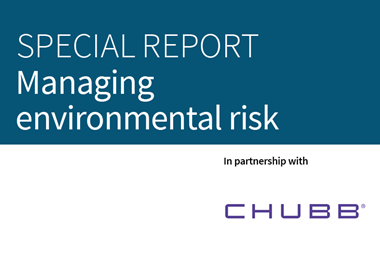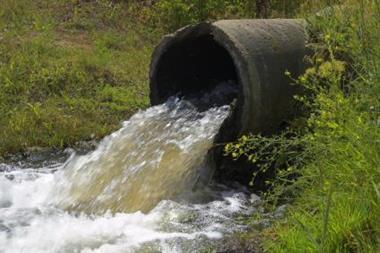The best advice for all firms is to be prepared, insists Red24assist environmental compliance specialist Grant Cropper
Part of an environmental risk series supported by
1 Crisis management plan
This should provide a list of contacts – legal, PR, government agencies, members of the crisis management team (CMT), along with clear guidance and checklists to stabilise the situation. This should be updated regularly.
2 Risk determination
Firms must have a clear appreciation of the types of risks they may be exposed to. This will assist in determining the resources required, including the individuals who would form part of the CMT, facilities and operational support.
3 Crisis management team
The CMT will need a range of skills, including members of senior management, environmental compliance officers, risk managers, public relations, legal experts and human resources. Each will be have specific tasks, accountability and decision-making powers.
4 Resources
It is crucial that an organisation is prepared with suitable levels of resources. A crisis can happen any time and events will move fast. At least one person and a deputy must be available 24 hour a day, seven days a week until the crisis situation stabilises.
5 Crisis communication plan
It is important when a crisis has been identified that all stakeholders and interested parties – government agencies, senior management, insurance bodies and members of the public – are given the correct information in a timely manner. Communication is crucial. An organisation will want to appear to be empathetic, congruent, positive and operating on the front foot.
6 Consider the evidence
When an environmental crisis occurs, it is vital to collect and collate all available evidence as this will help the organisation deal with it successfully. For consistency, an organisation should consider producing an evidence collection and retention protocol and ensuring secure storage is available.
7 Identify the root causes
Once a crisis situation has subsided, a company has to make sense of the factors contributing to the crisis. An investigation into the root causes of the crisis may be carried out to ensure an organisation is best placed to defend itself from civil and criminal litigation.
8 Involve CMTs in post-reviews
The review team must include the CMT representatives and close liaison with legal representatives is also recommended. An organisation has to be fully compliant with any formal legal requirements that may exist.
9 Produce a post-crisis report
This will represent closure to those outside an organisation and demonstrate the firm’s transparency. Providing an action plan and allocating areas of responsibility for implementation represents an excellent way for an organisation to move on from a crisis.
10 Areas for Improvement
Acting in a positive way to move forward is essential if an organisation is to survive the effects of a crisis. For example, training or retraining staff is a common recommendation. It is also important to re-issue policies where appropriate. Also ask whether the business has allocated sufficient resources to the situation. If these are lacking, an organisation may be vulnerable to a crisis in the future.
Downloads
sr ace environment final
PDF, Size 22.07 mb




















No comments yet